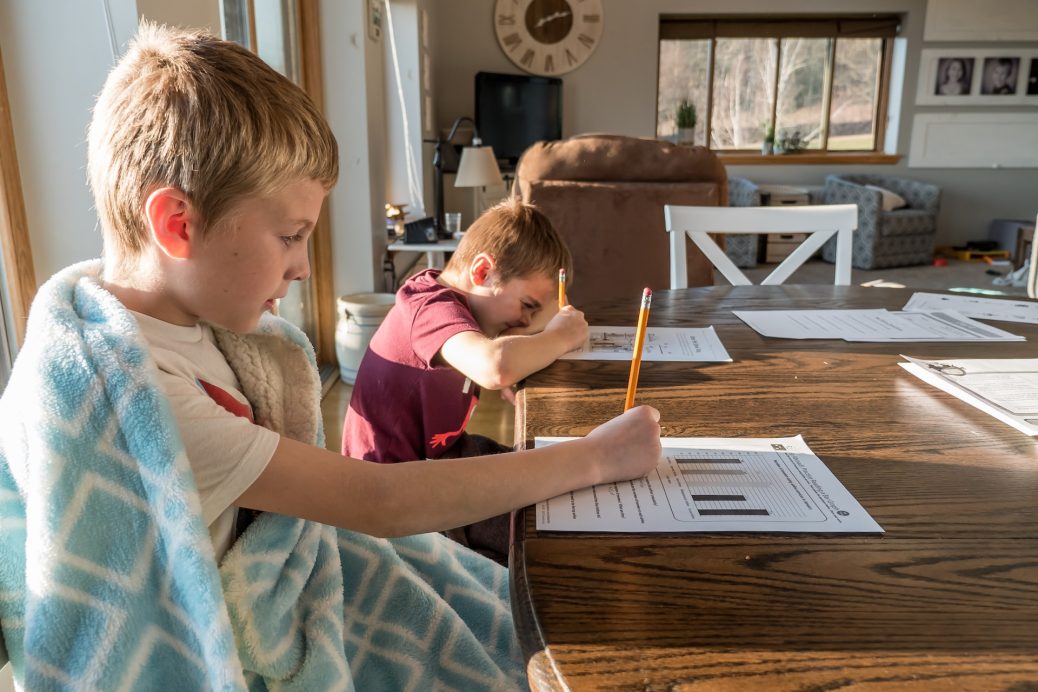In this article, we will provide some valuable tips for managing an autistic child in a public place. We understand that it can be a daunting task for parents and caregivers, but with the right strategies, it is possible to help your child navigate public spaces and enjoy outings with the family. We will explore some practical tips to manage behaviour and create a positive experience for both the child and the family.
Managing an autistic child in public places can be a challenging task, but it is not impossible. With the right strategies and tools, parents and caregivers can help their children navigate unfamiliar environments while minimizing sensory overload and meltdowns. In this article, we will discuss some tips for managing an autistic child in public places.
Introduction
Managing an autistic child in public places can be challenging for parents and caregivers. Autism is a neurological disorder that affects communication, social interaction, and behaviour. Autistic children may have difficulty processing sensory input, which can lead to meltdowns or other behaviours that may appear unusual or disruptive in public places. However, with proper preparation and understanding, parents can help their autistic children navigate public places successfully.
Understand Your Child’s Sensory Needs
Sensory overload and seeking can cause meltdowns in autistic children. It is important to understand your child’s sensory needs and how to recognize when they are becoming overwhelmed. Sensory overload can occur in response to loud noises, bright lights, or strong smells. Sensory-seeking behaviours, on the other hand, can include things like spinning, jumping, or seeking out pressure. By understanding your child’s sensory needs, you can help them avoid sensory overload and prevent meltdowns.
Related
Plan Ahead
one of the tips for managing an autistic child in a public place, it’s important to have a plan in place. This might include preparing your child ahead of time, bringing along sensory items, and identifying safe spaces for breaks if needed. Preparation is key to managing an autistic child in public places. Before going out, it is important to prepare your child for the outing and choose the right time to go. Additionally, identifying safe spaces where your child can take a break or escape sensory overload can be helpful.
Use Visual Supports
One of the helpful tips for managing an autistic child in a public place is to use visual aids. These might include picture schedules, social stories, or other visual supports that can help your child understand what to expect and feel more comfortable in new environments. Visual supports, such as visual schedules, social stories, and picture books, can help your child understand what to expect in public places. These tools can help reduce anxiety and increase predictability, making outings less stressful for both you and your child.
Communicate Effectively
Effective communication is essential when managing an autistic child in public places. Using simple language, giving clear instructions, and providing positive reinforcement can all help your child understand what is expected of them and encourage positive behaviours.
Teach social skills
Teaching social skills to your autistic child can help them navigate public places more effectively. Practising social skills at home, role-playing different situations, and using social scripts can all be helpful strategies. Research on Autism Social Skills, Early Intervention for Social Skills in ASD, Social Skills Development in ASD Children
Stay calm and Patient
Stay calm and the patient is one of the most essential tips for managing an autistic child in a public place is to practice patience and understanding. Remember that your child may become overwhelmed or have difficulty communicating their needs, and it’s essential to approach any challenging behaviours with compassion and a willingness to work together to find a solution. Managing an autistic child in public places can be stressful, so it is essential for parents to practice self-care and stay positive. Seeking support when needed can also be helpful.
Bring Sensory Tools
Bringing sensory tools, such as fidgets, noise-cancelling headphones, or a weighted blanket, can help your child regulate their sensory input in public places.
Engaging in Calming Activities
It can be a helpful strategy for managing an autistic child in public places. These activities can help your child regulate their emotions and reduce sensory overload. Here are some calming activities that you can try:
Deep breathing: Teach your child deep breathing techniques to help them regulate their emotions when they are feeling overwhelmed. Practice deep breathing together in a calm environment before going out in public.
Music: Use calming music or white noise to help your child relax in busy or noisy environments
It’s important to identify the calming activities that work best for your child and use them consistently. These activities can be helpful tools for managing your child’s behaviour and reducing stress in public places. Autism Meltdowns
Taking a Break
Taking a break can be a helpful strategy for managing an autistic child in public places. When your child feels overwhelmed or experiencing sensory overload, taking a break can provide a much-needed opportunity to rest and recharge. Remember, taking breaks is not a sign of weakness or failure. It’s a proactive and helpful strategy for managing your child’s behaviour and reducing stress in public places. Here are some tips for taking breaks in public places:
Communicate with your child: Explain to your child ahead of time that breaks will be available if they need them. Use clear and simple language to help them understand.
Take breaks proactively: Don’t wait until your child is experiencing a meltdown or sensory overload to take a break. Instead, take breaks proactively to help your child regulate their emotions and prevent meltdowns.
Use positive reinforcement: Praise your child for taking breaks and using calming strategies when they feel overwhelmed. Positive reinforcement can encourage your child to continue using these strategies in the future.
Be flexible: Be willing to adjust your plans and take breaks as needed, even if it means deviating from your original schedule. Remember that every child with autism is unique, and what works for one child may not work for another. Be flexible and willing to adapt your strategies to meet your child’s needs.
Conclusion
Managing an autistic child in public places can be challenging, but with proper preparation and understanding, it is possible to help your child navigate these environments successfully. Understanding your child’s sensory needs, planning ahead, using visual supports, communicating effectively, teaching social skills, staying calm and patient, bringing sensory tools, and considering alternative activities are all helpful strategies for managing an autistic child in public places.
FAQS
What should I do if my child has a meltdown in a public place?
If your child has a meltdown in a public place, the first thing to do is to try to stay calm and remain patient. Try to identify the cause of the meltdown and remove your child from the situation if possible. If you can’t leave, find a quiet and safe space where your child can calm down. Use calming techniques, such as deep breathing or sensory tools, to help your child regulate their emotions.
How can I help my child understand social cues and norms in public places?
You can help your child understand social cues and norms in public places by teaching them social skills in a calm and supportive environment. Use visual supports, such as social stories or visual schedules, to help your child understand what to expect in different social situations. Practice role-playing and provide positive feedback and reinforcement when your child uses appropriate social skills.
How can I find safe spaces for my child in public places?
You can find safe spaces for your child in public places by doing research ahead of time. Look for quiet and less crowded areas in the location you are visiting, such as a sensory room or a designated quiet space. Some venues, such as museums or amusement parks, may have accommodations for autistic individuals, such as sensory-friendly hours or quiet rooms.
Is it okay to use fidgets or other sensory tools in public places?
Yes, it is okay to use fidgets or other sensory tools in public places as long as they are not disruptive to others. Sensory tools can help your child regulate their emotions and stay calm in overwhelming environments. However, it’s important to explain to your child how to use their sensory tools appropriately and discreetly in public places.
What should I do if someone makes negative comments or stares at my child in public places?
If someone makes negative comments or stares at your child in public places, it can be hurtful and frustrating. However, it’s important to stay calm and respond in a respectful manner. You can try to educate the person about autism and explain how their comments or stares can be hurtful. If the situation becomes hostile or threatening, remove yourself and your child from the situation and seek help from security or law enforcement if necessary.
References
Some articles on managing autistic children in public places that can be helpful:
- “7 Tips for Helping Autistic Children Navigate Public Spaces” by Carrie Cariello – https://www.autismparentingmagazine.com/helping-autistic-children-navigate-public-spaces/
- “Managing Sensory Overload in Public Places for Autistic Children” by The Autism Site – https://blog.theautismsite.greatergood.com/autistic-children-public-places/
- “10 Tips for Taking an Autistic Child Out in Public” by The Mighty – https://themighty.com/2018/08/taking-autistic-child-out-in-public/
- “How to Help Autistic Children Thrive in Public Places” by Verywell Health – https://www.verywellhealth.com/helping-autistic-children-thrive-in-public-places-260051
- “5 Tips for Parents of Children with Autism Going Out in Public” by Autism Parenting Magazine – https://www.autismparentingmagazine.com/5-tips-parents-children-autism-going-public.


